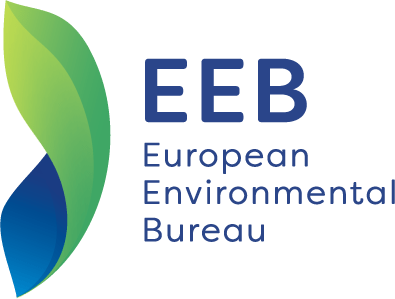EU pledge to ban most toxic chemicals is failing – NGOs
ClientEarth and European Environmental Bureau joint press release
25 April 2023 – An EU plan to ban more harmful chemicals than anywhere else in the world is failing, NGOs warned today.
Exactly a year ago, the European Commission announced it would rapidly ban thousands of the most notorious chemicals still found in consumer products and contributing to growing human infertility, serious illnesses and environmental harms. Media coverage was extensive.
It published a roadmap promising bans of the most harmful flame retardants, chemicals frequently linked to cancer but present in most homes; all bisphenols, which can severely impact human fertility but touch most Europeans daily; and all non-essential PFAS’ ‘forever chemicals’. Around 2,000 of harmful chemicals still found in baby diapers, pacifiers and childcare products were among the other substances to be banned. In a major improvement on past regulation, most restrictions would be grouped, to stop an industry tactic of switching regulated substances for slightly different unregulated ones. Overall, as many as 7,000 chemicals could be banned under the roadmap by 2030, a huge step up on the roughly 2,000 the EU has phased out over the last 14 years, more than any other world region.
A review of progress one year later, published today by environmental groups ClientEarth and the European Environmental Bureau (EEB), shows a very different outcome is emerging. Officials have tabled bans of 14 chemical groups, on schedule. Two are strong and broad enough to stop most harms being done. Eleven other groups cover only a small number of chemicals or their uses, allowing the vast majority of pollution and its impacts to continue, while one other group is redundant. Most dossiers are draft and could still be strengthened. But as they stand, hundreds of thousands of tonnes of toxic substances per year are set to escape bans.
Notable failures include:
- Only five of the 148 bisphenols are set to be restricted, leaving uncontrolled dozens that are known to be harming humans. Most uses of controversial BPA are set to continue. Last week, EU food safety officials announced that the average European is exposed to unsafe levels of BPA and called for a 20,000 reduction in the daily intake limit.
- A loophole will likely allow hunters to continue firing thousands of tonnes of highly toxic lead ammunition into the environment.
- The threat from chemicals with “very severe” hazards in baby nappies / diapers will continue after the Commission rejected a ban, against the advice of its experts.
- Progress has generally been slow, with legal deadlines broken in almost all cases, sometimes for years, and exemptions proposed for as long as 12 years, creating effective ‘regulatory holidays’.
- Officials suffer from lack of resources, but are wasting them by developing multiple overlapping restrictions, or targeting marginal substances.
The campaigners blame lobbying by the chemical industry, the EU’s fourth largest industrial sector and one of the most polluting, energy and resource-intensive, according to the Commission. Industry raised a “storm of protest” over early drafts of the roadmap. But most of the blame lies with officials, the groups say, especially the European Commission. It has a legal obligation, a fresh and strong political mandate and powers to ensure broad and rapid bans, but allows and even contributes to slow and weak regulation.
Hélène Duguy, ClientEarth law and policy advisor, said: “For years, we’ve been witnessing the failure of the EU’s piecemeal approach to chemical bans. This approach means that people and our environment are not protected against the most harmful chemicals. This needs to change now – European authorities and the EU Commission have all legal tools to rescue this roadmap and correct a depressing direction of travel.”
Dolores Romano, EEB deputy policy manager for chemicals, said: “We have surpassed the limits of chemical pollution. Our environment, drinking water, food, our homes and possessions include ever greater volumes of hazardous synthetic chemicals linked to allergies, disease and infertility, in humans and the natural world. Europe has an inspiring vision for a toxic-free future. Are they empty words?”
Chemical production has expanded by a factor of 50 since 1950 and is projected to triple again by 2050 globally. There is increasing evidence that Europeans are suffering health impacts from chemicals’ pollution, the European Environment Agency recently warned. Official public polling in 2019 found that almost all Europeans are worried about the impact of chemicals in everyday products on the environment.

